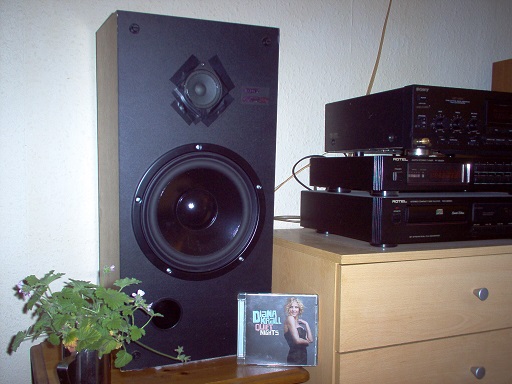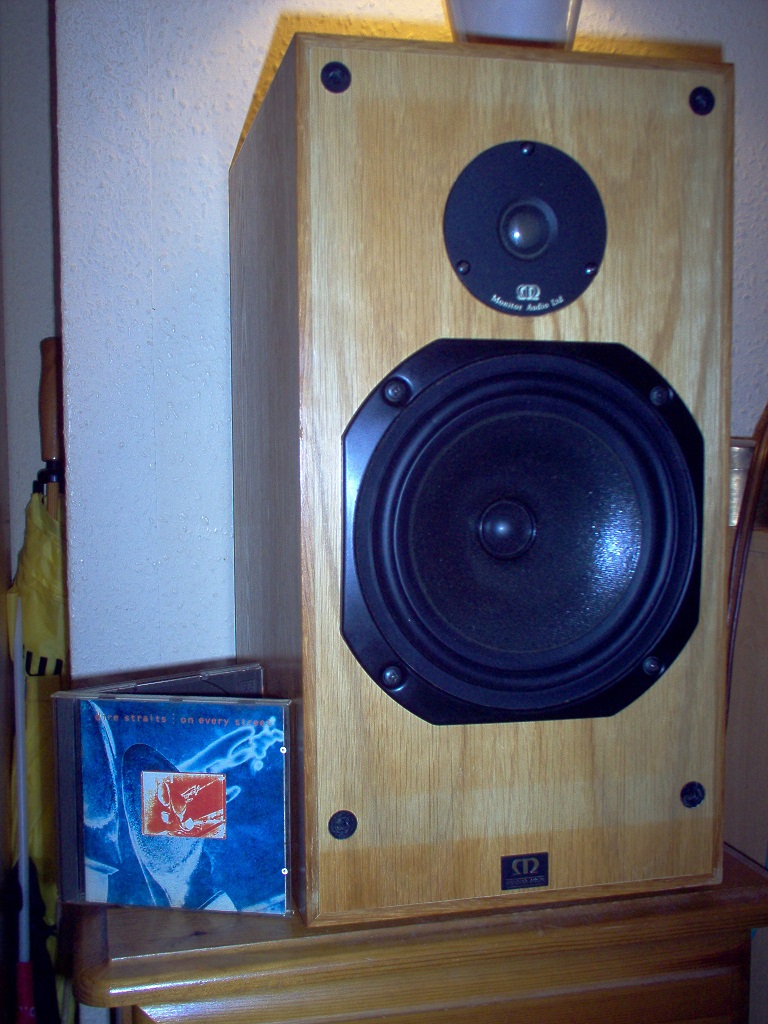You are absolutely right that it may sound subjectively better to raise the response a little at the crossover frequencies. It highly depends on the frequency response of the drivers and distortion profile, acoustics of the listening room, if the listener is sitting on the intended design axis and so forth.But is the cure worse than the problem?
I understand the need for designers to get things measuring perfectly but really do wonder if that is often at the cost of sound quality.
I have owned plenty of speakers that measure really well but sound terrible and some that measure imperfectly but sound excellent-classic Tannoys and Gale 401s for example.
It would be misguided to make a blanket statement such as 'shunt resistors rob dynamics'. It is merely a slight frequency response tweak and does almost nothing to the transient response of the system.
This is just a wandering aimless thread lacking in specifics. 😱
Speakers are a mature technology. Everything we do, bar DSP, has been known about for 50 years. You are wrong about measurement. All good speakers measure well on frequency response. Any discrepancy, even just 2dB has an annoying "Here I Am!" quality in a driver or crossover.
Other qualities that are definitely good are even dispersion, flattish power response, easy impedance, low distortion and good dynamics. The worst variable is room acoustics and the whole bass/bafflestep issue.
This 8" speaker gets very little love here. But it actually is a classic affordable design with its roots in the old Acoustic Research speakers that changed the HiFi game:

I use quite complex crossover with that one, but it's OK on simple.
Tony Gee has done a take on it that sets out to lose all resistors in the crossover: Humble Homemade Hifi - Twenty Five
John Devore claimed he didn't use resistors either, though I'm not sure I believe him.
You always take a beating with some aspect of a design. The trick must be to get everything else right. One thing you always notice about a good speaker is it sounds kind of quiet. Which leads you to turn it up very loud and annoy the neighbours. Because it sounds sweet.
Yes I bet they sound great.I had some old Wharfedale two ways a bit like that.
They even had a sand filled back baffle.Some of the old Realsitic minimus speakers used cone tweeters and they sounded surprisingly good.
We have a thread going called Classic monitor designs?
It's an attempt to look at all the stuff that has worked well over the years. I know we liked the Gale 401, even if it was an amp-killer. And Tannoy are a legend.
I'm still deeply mystified by the LR2, BW3 and LR4 filters. I always find steep LR4 harsh if detailed. 90 degree phase BW3 always seems musical. Shallow LR2 only works with wide bandwidth drivers with low breakup, so is just kinda easy.
My next bit of work is having another go at metal tweeters, since we decided today they aren't the worst thing around:

But you always hear the abrupt dispersion change between the bass and the tweeter.
It's an attempt to look at all the stuff that has worked well over the years. I know we liked the Gale 401, even if it was an amp-killer. And Tannoy are a legend.
I'm still deeply mystified by the LR2, BW3 and LR4 filters. I always find steep LR4 harsh if detailed. 90 degree phase BW3 always seems musical. Shallow LR2 only works with wide bandwidth drivers with low breakup, so is just kinda easy.
My next bit of work is having another go at metal tweeters, since we decided today they aren't the worst thing around:
But you always hear the abrupt dispersion change between the bass and the tweeter.
- Status
- Not open for further replies.